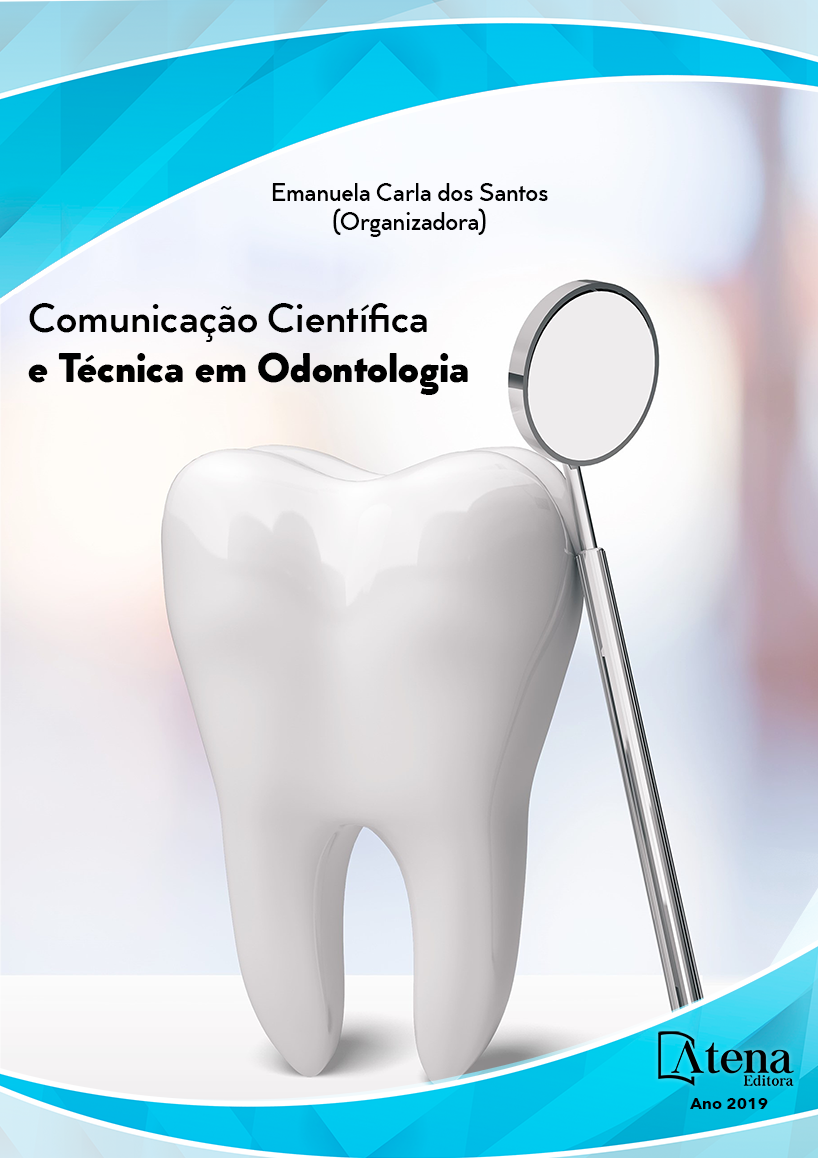
MONITORING OF ABFRACTION LESIONS BY CONFOCAL LASER MICROSCOPY METHOD
O objetivo deste estudo foi avaliar
a progressão da lesão de abfração por
microscopia confocal a laser. Foram avaliados
onze pacientes, com 1 a 2 lesões de abfração
na superfície vestibular dos dentes, que não
necessitaram de restauração. Estes foram
avaliados inicialmente (basal), após 3, 6, 9 e 12
meses, utilizando moldes confeccionados com
silicone de adição (Express XT - 3M ESPE;
3M Brasil Ltda.) na técnica de moldagem
simultânea: pasta leve injetada na lesão de
abfração, seguida da pasta pesada. A fundição
dos moldes foi feita com resina epóxi, obtendose
as réplicas das lesões. Cada réplica foi
metalizada com prata coloidal e colocada no
paralelômetro para padronizar a inclinação da
face vestibular de cada dente. Em seguida, foi
realizada a análise pela microscopia confocal
3D a laser (LEXT; Olympus), obtendo-se as
imagens tridimensionais. Utilizando o software
OLS4000, foram realizadas 10 leituras em
cada lesão, analisando o perfil de desgaste. Os
dados foram analisados pelo teste de Friedman
e Tukey (p <0,05). Observou-se diferença
estatisticamente significante entre os tempos
com (P = <0,001) gradativamente sobre o
desgaste das lesões. Pode-se concluir que a metodologia utilizada permitiu monitorar
e mensurar a evolução das lesões de abfração ao longo do tempo, demonstrando ser
um método eficaz.
MONITORING OF ABFRACTION LESIONS BY CONFOCAL LASER MICROSCOPY METHOD
-
DOI: 10.22533/at.ed.2961901044
-
Palavras-chave: Abfração, lesões cervicais não-cariosas, desgaste dentário.
-
Keywords: Abfraction, non-carious cervical lesions, dental wear.
-
Abstract:
The objective of this study was to evaluate the progression of abfraction
lesion by confocal laser microscopy. Eleven patients were evaluated, having 1
to 2 abfraction lesions on the vestibular surface of the teeth, which did not require
restoration, initially evaluated (baseline), after 3, 6, 9 and 12 months, using moldings
made with silicone of addition (Express XT - 3M ESPE; 3M Brazil Ltda), using the
one time technique, the light paste was injected into the abfraction lesion, followed
by the heavy paste. The casting of the molds was done with epoxy resin, obtaining
the replicates of the lesions. Each replicate was metallized with colloidal silver and
placed on the paralellometer to standardize the slope of the buccal face of each tooth.
Then the 3D confocal laser microscopy (LEXT; Olympus) was performed, obtaining
the three-dimensional images. Using OLS4000 Software was, 10 readings realized in
each lesion, analyzing the wear profile. Data was analyzed by Friedman and Tukey test
(p<0,05). A statistically significant difference was observed between the times with (P
= <0.001), observed gradated in significant increment of lesion wear. It can conclude
that methodology used allowed to monitor and measure the evolution of abfraction
lesions over time, proving to be an effective method.
-
Número de páginas: 15
- Cristiane Aparecida Nogueira Bataglion
- Flávia Cassia Cabral Rodrigues
- César Bataglion
- Juliana Jendiroba Faraoni
- Regina Guenka Palma-Dibb
- Shelyn Akari Yamakami


